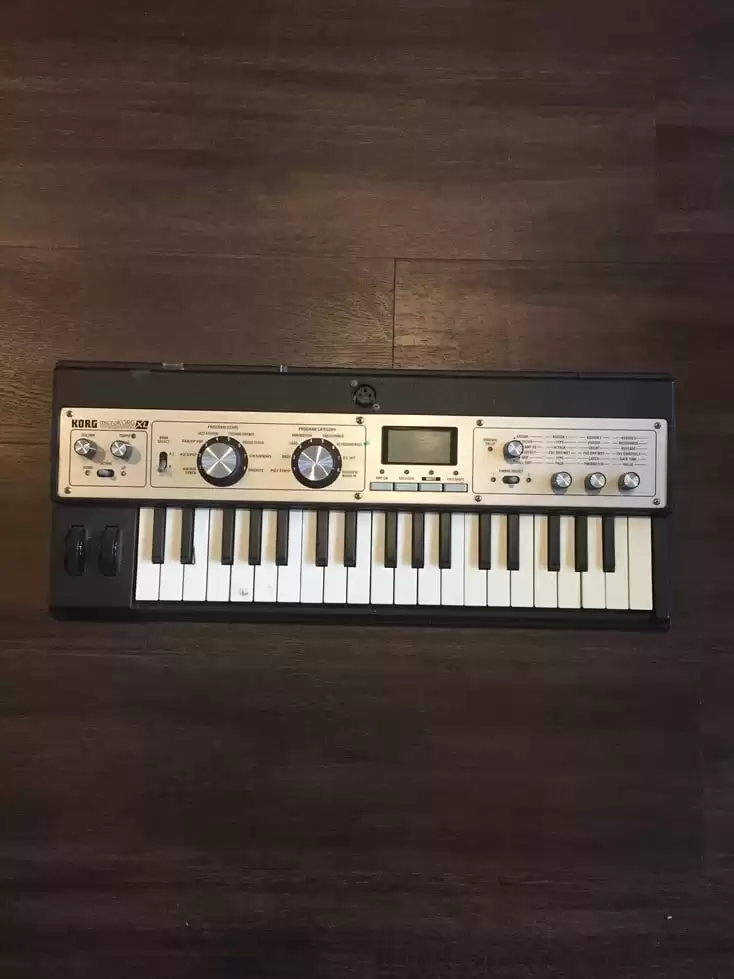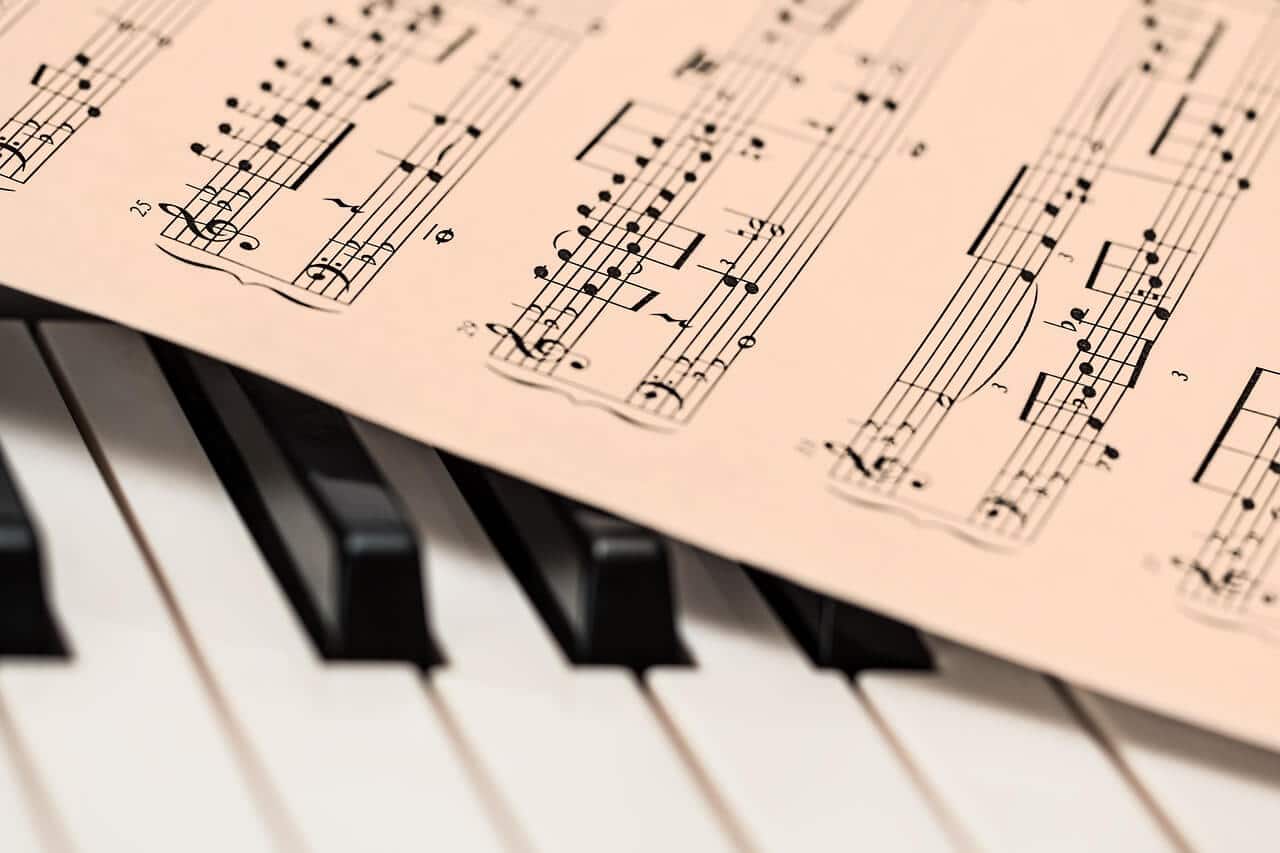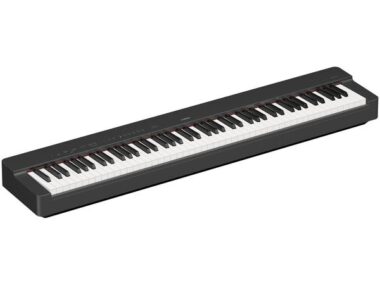*Keyboardkraze now has a nearly 24/7 chat service directly with me should you have any questions regarding keyboard/plugin choices! This is connected directly to me and it is not AI.
Table of Contents
The Korg Microkorg XL was the first synthesizer that I ever purchased and I have to say, it was a great purchase. This was a rather simple synthesizer to navigate and understand, especially when comparing it to other options.
Now, after 10 years of use, I believe that this keyboard actually held up incredibly well. None of the keys on the bed ever broke and I also haven’t had any problems with the knobs or mod-wheels.
My opinion of this keyboard is that I still believe it is worth it in 2020. It’s tremendously light-weight, portable & also extremely powerful when you compare it to its competition in its price range.
With this being said, most of the sounds on the Microkorg XL are super-nostalgic and almost instantly bring you back to the 80s.
If you’re wondering what the main differences between the original Microkorg and the Microkorg XL are, the XL has an updated sound engine and it is also lighter.
The XL has been replaced by the XL +, which is basically the same synthesizer with a facelift. The same sound engine is found in the plus version as well as similar sounds.
A fun fact is that I actually toured with this synthesizer for a couple of years and it worked really well for what I needed it to do.
There's so much to say about the microKORG. This is one of the most iconic synthesizers in the last 20 years. The microKORG features incredible saws that can be heard all of The Killers early work, including MR Brightside.
Microkorg XL Review

There’s a lot to be said with this keyboard. For starters, the sounds are similar to those that you would find its predecessor, the Microkorg, however, it has an updated sound engine.
The Micrkorg XL is second in its lineage. The order is as followed:
- Microkorg (Released in 2002 & still in production)
- Microkorg XL (2009)
- Microkorg XL+ (2012)
My honest opinion is that the XL and the plus version are extremely similar overall.
With this being said, let’s look do a quick overview.
Packed with 128 sounds, a tempo knob, a pitch bender, a mod-wheel, a vocoder, an arpeggiator, and an effect table, the Microkorg XL packs a powerful punch for its price range.
I felt that Korg could’ve delivered with more presets as most synths coming out today have far more picks, however, I still think that you have more than enough great-sounding presets to get your money worth in a hardware synth.
Sounds
The sound engine used in this synth is the same as the Korg R3 Radius engine. It has a nostalgic and analog feel to it, but also sounds different than the engine from the original Microkorg.

The patches are broken up by the “program genre” and “program category.” For the program genres, you are presented with 2 banks and the following options:
- Vintage Synth
- Rock/Pop
- R&B/Hip Hop
- Jazz/Fusion
- Techno/Trance
- House/Disco
- D N B/Breaks
- Favorite
As far are the genres go, the vintage synth is one of my favorites to pick from. The sounds here are very 80s sounding and I also think that they sound incredibly warm for the price that you pay.
Jazz & Fusion also comes in packing a really cool style. The basses that you can pick from as well as the leads are super interesting.
Techno & Trance are exactly what you would expect. There are some ripping sounds as well as some super fat basses.
The favorite genre is one of my personal favorites, so to speak. It has a wide range of great sounds to pick from.
For each of these genres, you are able to select between categories. The categories are basically instruments or instrument types. These are as followed:
- Poly Synth
- Bass
- Lead
- ARP/Motion
- Pad/Strings
- KeyboardBells
- Special Effects/Hits
- Vocoder
The polysynth category is filled with lush sounds for each genre. Poly just means that you can play more than one note at a time with the synths. A lot of these sounds also have a very 80s vibe.
The bass sounds on the synth are actually pretty impressive. There are some really cool and heavy sounds that can make for interesting subs or leads.
As far as the leads category goes, this might be my favorite category for the Microkorg XL. I find that most of the leads are actually usable, even in modern music today.
When you pair the leads with the fusion genre, you get one of the warmest, yet powerful sounding leads. It’s called fusion lead and I actually used this sound with my band on a track that received well over 500,000 plays on different outlets.
You can hear the sound of the lead featured in this video.
The lead starts at 4 seconds and continues on with each chorus. This specific sound actually helped write the part played. It’s one of those patches that you hear and you instantly want to write a catchy sounding lead with.
When comparing the polyphony, meaning the total number of notes you can play at one time, the XL actually has twice the polyphony as the Microkorg.
Creating & Tweaking Patches
Creating your own patches is not the easiest to do. However, tweaking patches is extremely easy to do once you get familiar with the effects.
You’re a little bit limited as to how much you can tweak, however, you can always record and then run extra effects to the synth part.
The editing software is also not something I really would recommend, though you won’t be using it if you’re using a DAW.
What Styles Of Music Best Fit This Synth?
This keyboard fits a ton of different styles, but I would say that it works really well with hip hop, and indie rock. It’s used all over the hip hop industry as well as indie bands such as The Killers.
It truly is a versatile synth that could be used by beginners to advanced players. I would say that this is actually one of the easier synths to navigate as you don’t have a ton of presets and tweaking patches is rather simple to do.
Portability
The big difference between this and the original Microkorg is that this is way lighter than its predecessor. It weighs in at 4 lbs and it can easily be placed underneath a van seat or in a backpack.
For being so light, one thing that impresses me is its durability. I’ve toured and had this for 10 years now and it’s still in pretty good shape. I’d also like to note that I’m not the easiest on equipment.
With portability comes one area I’d also like to touch on; batteries. If you are a fan of playing keyboards without power cords, you can do so with this.
All you need is 6 AA batteries and you are operational. One thing I would like to note is that you will want to be sure that you are replacing the batteries so they don’t erode inside of your synth.
The power cord that comes with the Microkorg is somewhat hard to purchase, so be easy on it. I broke mine and I wasn’t able to purchase one as they are quite expensive and I just went the battery route.
The power cord is also incredibly short. I often found myself running extension cords to this synth as it only reaches about 3 and a half feet.
Overall
The big question now, is, would I recommend this synth over something like the Korg Minilogue XD? No, I wouldn’t, however, they’re different machines and if you’re a synth enthusiast looking to expand your library, this is still a great purchase.
For a full review of the Korg Minilogue XD for comparison, you can click the link above.







